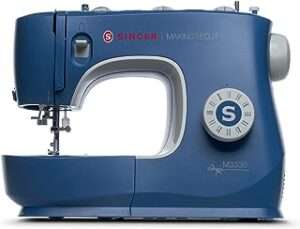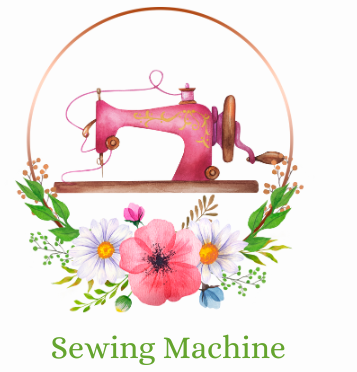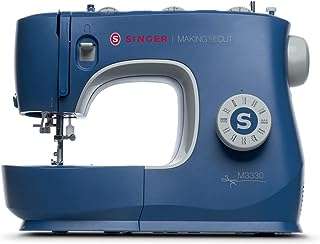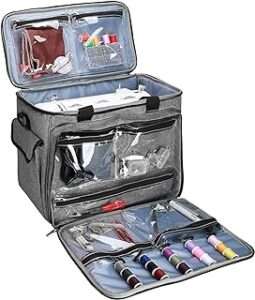
Introduction
The sewing skill is as important as a key that becomes a key to open the casket in which a valuable is kept in today’s world of textile industry and tailoring. These refined stitches are good for enlivening the garments by making them more intricate, not only enhancing their craftsmanship but also improving their visual quality. This guide covers broadly the selection of advanced stiches required for creating breathtaking patterns through a juggling of essential tools and methods.
The High Fineness and Beauty of Higher-End Sewing.
1.2 Importance of Precision: Well, almost all stitching involved and need a lot of concentration and accuracy. However, the more complicated the designs are, the more the detail that is needed, and this absolutely needs to be perfect.
Tools of the Trade
2.2 High-Quality Threads: Embroidery is made a lot more ornate and luminous with the use of fine thread, metallic threads and specialty threads in the designs.
2.3 Embellishment Tools: Intricate embroideries are made to stand out by beads, sequins, ribbons, and other accessories as a result.
Advanced Embroidery Techniques
3.2 Stumpwork: 3D Embroidery technique creates a top surface by using multiple stitches with padding up.
3.3 Crewel Embroidery: Usually utilized wool threads to make various ornamental designs on linen or other types of fabric with relaxed flowing motifs.
3.4 Blockwork: An Jean cheche pour un embroidery technique at the Renaissance period, adorned with the repetition of geometric pattern and the exploitation of intricate fill stitches.
3.5 Goldwork: A rich embellishing technique that combines metallic threads, seamless wires, and enamel that features lavish works of art for emphasizing regal symbols.
Advanced Quilting Techniques
4.1 Free-Motion Quilting: A stitching technique that is performed on a lower level of the feed dogs on the sewing machine in order to get full control over stitch direction and the ability to design, place, and stitch any motive or pattern.
4.2 Trap unto: A quilting method that consists of adding additional fill and loftiness in order to provide extra and more molded designs.
4.3 Foundation Paper Piecing: An exacting technique that utilizes a sewing stitch where the pieces of fabric are being added to form the paper foundation to achieve awesome precisely designed geometry with sharp, crisp lines.
4.4 Appliqué: An sorts of quilting method which one shape of fabrics are stitched onto a quilt top for a layered design and patterns.
4.5 English Paper Piecing: A hand-sewing method that features simple stitching fabric pieces around a paper design to bring out beautiful shapes like diamonds, rounded hexagons, or others.
Instruction Concerning the Utilization of Relaxed Stitching Methods
5.1 Practice Patience: As in any skill, the execution of such high level stitches requires regular practice and steady efforts in order to get better, therefore do not get discouraged by the current setbacks.
5.2 Start Small: Start with simplistic designs and persist to more intricate patterns as you become more skilled and motivated.
5.3 Experiment with Materials: Investigate and learn about the various fabrics and threads picking the ones with special property or effect when applied to stitched designs.
5.4 Seek Inspiration: Get your inspiration by from books, online tutorials, workshops, and galleries, which will help you to widen your knowledge of sewing techniques of various kinds as well as to increase your productivity.
5.5 Embrace Imperfection: Don’t get too focused to the details of the stitches for they can sometimes produce an authentic aura and appeal. An imperfection can be that what makes everything unique, so accept it as part of the process.
Showcasing Your Stitching Masterpieces
6.1 Framing and Display: Frame your hand-embroidered masterpieces or quilted blocks to be able to use them as standalone art pieces or an intricate parts of interior design.
6.2 Wearable Art: Alternatively, gather up old embroidered patches and sew the over them clothing, accessories, or shoes.
6.3 Gifting Handmade Treasures: Let your sewing hobby stick the heart strings of your loved ones for a long time. Use your fabric creations as gifts. Make them more sentimental by personalizing the pieces. Keep the heirlooms as souvenirs.
Conclusion





